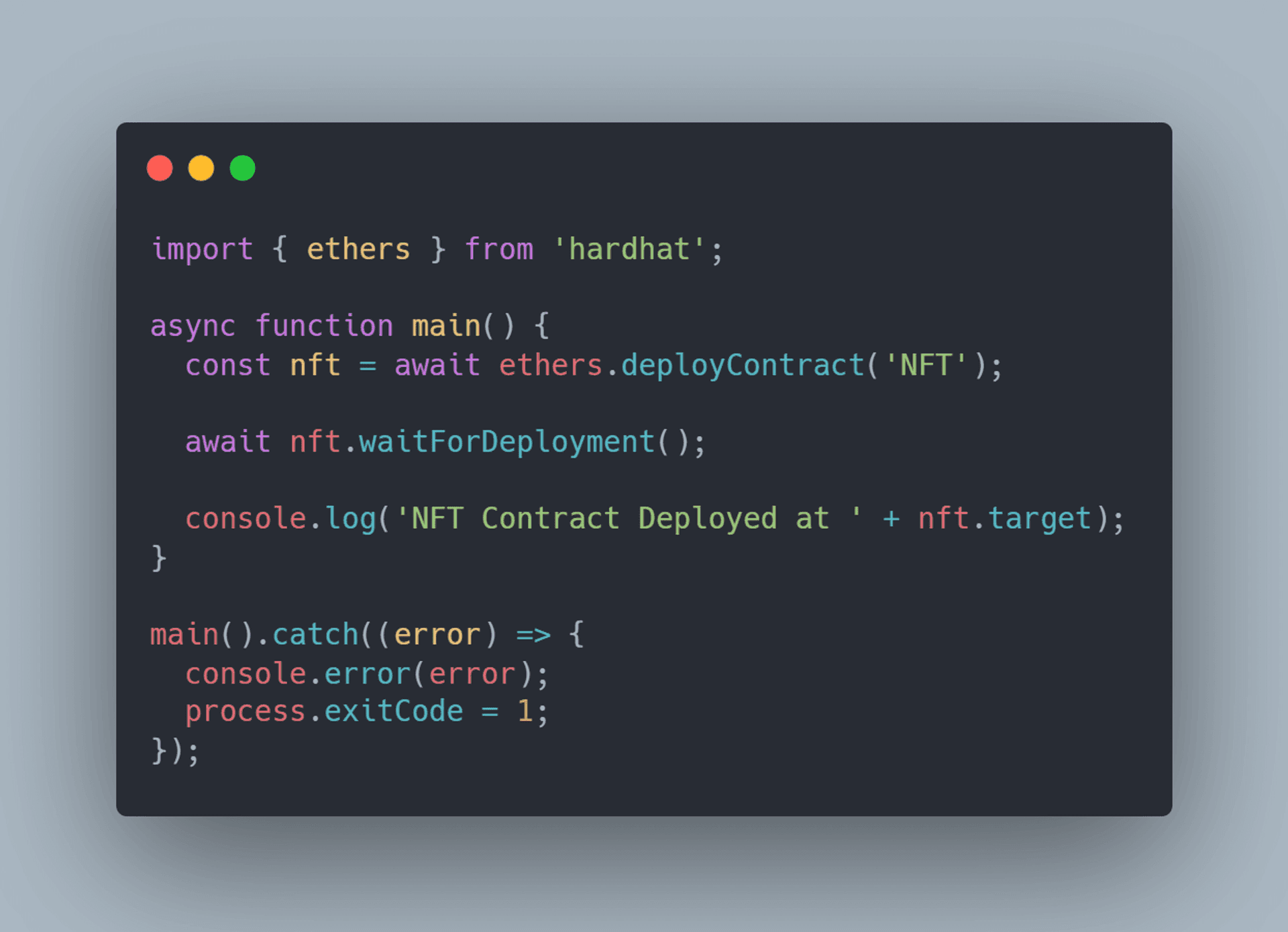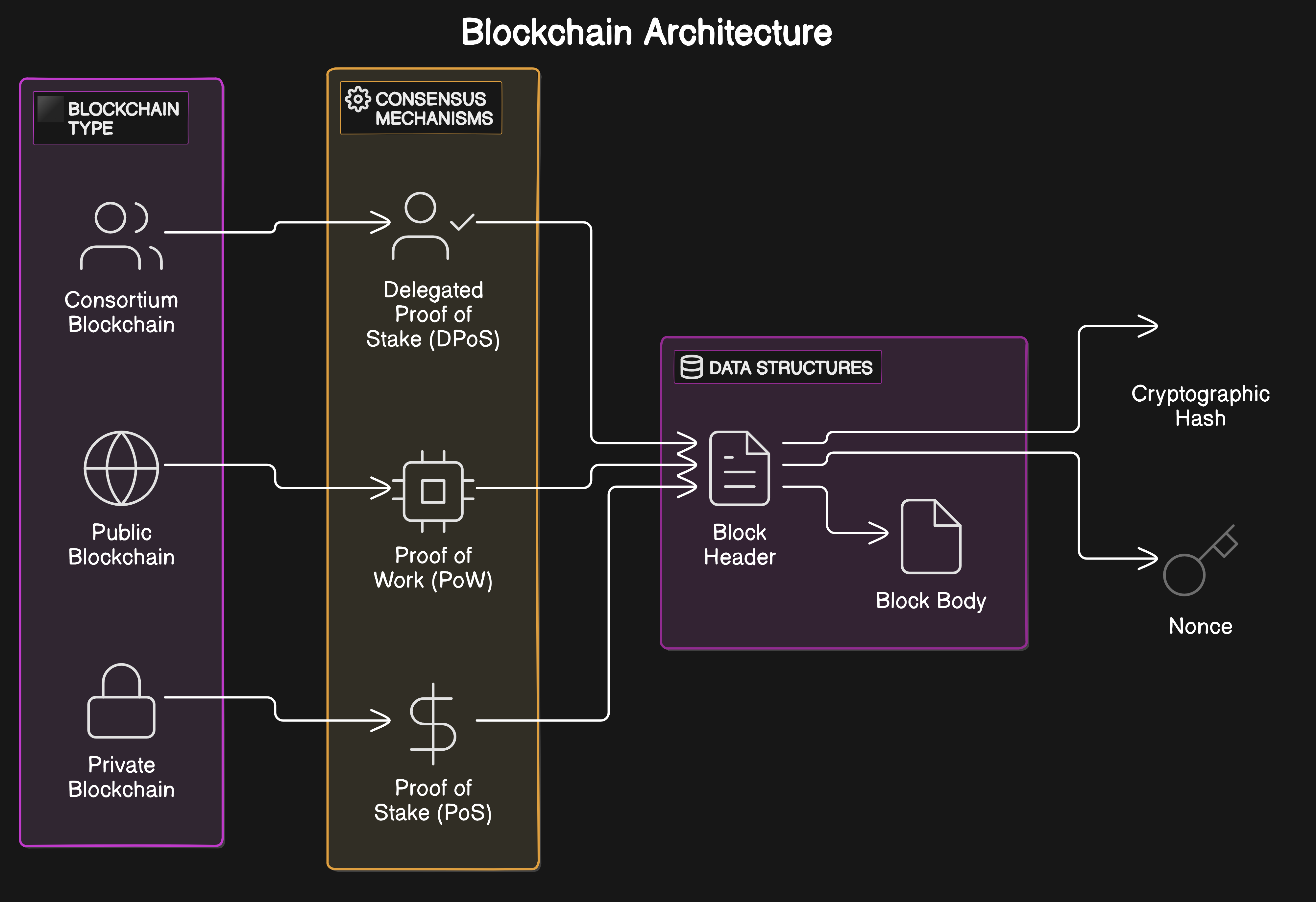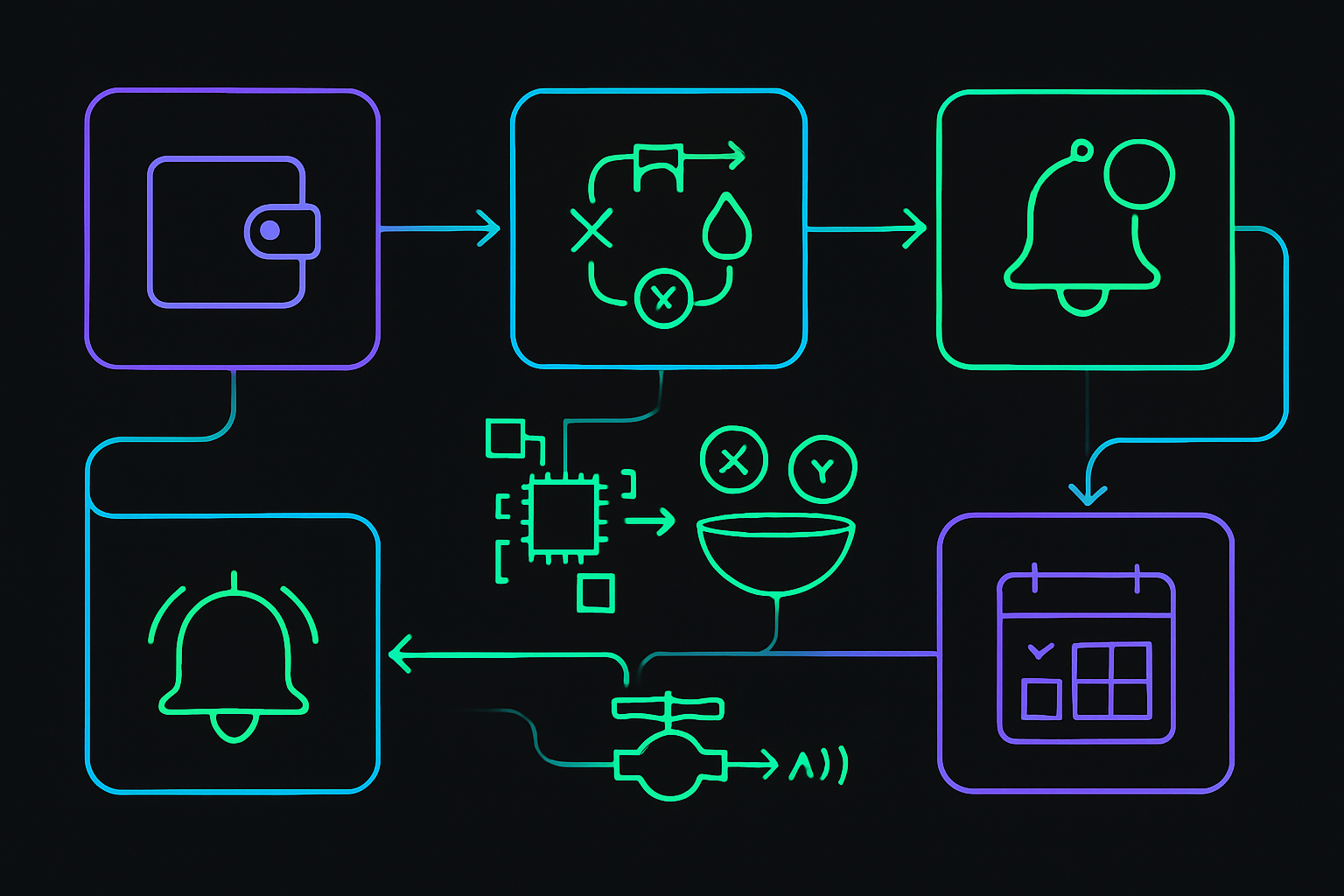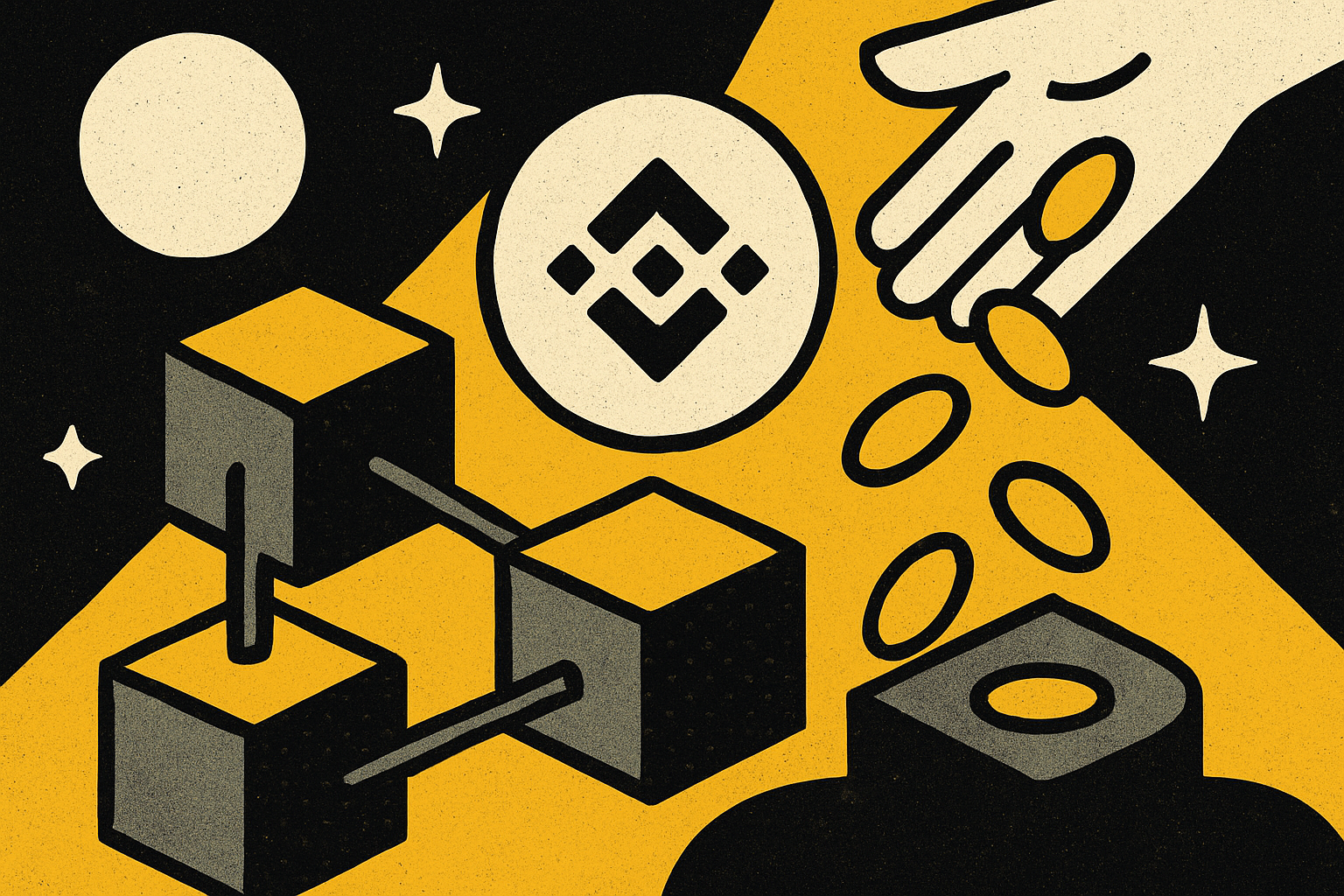
Anticipation around the Base airdrop eligibility criteria has reached a fever pitch, with users, creators, and developers all seeking to position themselves for a share of the much-discussed $BASE token distribution. While Base, Coinbase’s Ethereum Layer-2 solution, has yet to officially confirm the airdrop as of October 2025, recent market signals and developer communications make it clear that proactive engagement across key categories is essential. If you’re aiming to qualify for the Base airdrop, whether as an everyday participant, an application creator, or an infrastructure developer, understanding and executing on the latest requirements is crucial.
The Three Pillars of Base Airdrop Qualification
According to comprehensive research from leading sources and community updates, the confirmed Base airdrop will focus on three primary eligibility categories. Each category targets different forms of contribution within the Base ecosystem:
Key Eligibility Categories for the Base Airdrop
-

User: Bridge Assets to Base and Engage in DeFi ActivitiesQualify as a user by bridging ETH or stablecoins to the Base network using official bridges like Base Bridge. Enhance your eligibility by interacting with Base dApps—swap tokens, provide liquidity, or mint NFTs on platforms such as Uniswap or Aave (on Base). Consistent, genuine DeFi activity is key.
-

Creator: Deploy and Maintain Original Smart Contracts or DApps on BaseCreators can boost eligibility by deploying unique smart contracts or launching decentralized applications (dApps) on Base. Use established tools like Remix or Hardhat to publish and maintain your projects. Activity and innovation are valued—ensure your contracts are original and active.
-

Developer: Contribute to Base Ecosystem Infrastructure or Open-Source ProjectsDevelopers can qualify by contributing to the Base ecosystem’s infrastructure or supporting open-source projects. This includes submitting code to Base’s official GitHub repositories, improving documentation, or building developer tools. Participation in Base’s grant programs can further demonstrate your commitment.
This structured approach ensures that rewards are distributed among those who actively help grow and secure the network. Let’s break down each category in detail, starting with users, the backbone of any blockchain ecosystem.
User Category: Bridge Assets to Base and Engage in DeFi Activities
Users represent the largest segment of potential recipients in the $BASE token distribution. To qualify as a user:
- Bridge Assets to Base: Moving ETH or stablecoins onto Base via official bridges is not just encouraged, it’s foundational. This action demonstrates genuine commitment to the network and has been a core eligibility requirement in previous high-profile airdrops (source).
- Engage in DeFi Activities: Once your assets are on Base, interact with decentralized applications by swapping tokens, providing liquidity, or minting NFTs. The more varied and consistent your interactions over time, the stronger your case for inclusion.
If you’re new to bridging or want step-by-step instructions tailored for Base’s unique requirements, consult detailed guides such as this walkthrough from CryptoManiaks.

Creator Category: Deploy and Maintain Original Smart Contracts or DApps on Base
The second pillar focuses on creators: individuals or teams who deploy original smart contracts or decentralized applications (dApps) within the Base ecosystem. This group includes artists releasing NFT collections through custom contracts as well as builders launching new DeFi protocols or SocialFi platforms.
- Deploy Smart Contracts: Eligibility hinges on deploying unique smart contracts directly onto Base, not simply using third-party tools but contributing code that adds value.
- Maintain Active Projects: Ongoing maintenance is also critical; dormant or abandoned contracts may not qualify. Demonstrated usage by other users further strengthens your eligibility profile.
This approach aligns with recent trends where dApp builders receive targeted allocations in major ecosystem airdrops (see analysis here). For creators seeking strategies to maximize their impact, and thus their potential reward, engagement should be both creative and sustained.
Navigating Qualification as a Developer: Infrastructure Contributions Matter Most
The final category recognizes developers, specifically those contributing to open-source projects or core infrastructure enhancements within the Base ecosystem. Unlike users and creators who interact at application level, developers are expected to push code that improves network performance, security, tooling, or interoperability.
- Contribute Meaningfully: Submitting pull requests to official repositories or developing critical infrastructure modules can make you eligible for exclusive developer rewards.
- Pursue Builder Grants: Applying for, and receiving, Base builder grants further demonstrates your commitment and increases your visibility within selection algorithms (source).
This developer-centric approach mirrors successful models from other major Layer-2 ecosystems where core contributors were handsomely rewarded during token launches.
As Base gears up for its anticipated airdrop, the emphasis on meaningful contribution, rather than short-term speculation, has never been clearer. Each eligibility category is designed to reward genuine, sustained engagement with the network, ensuring that $BASE tokens end up in the hands of those who actively drive adoption and innovation.
Best Practices: How to Maximize Your Eligibility
Whether you’re a user, creator, or developer, there are several universal strategies to enhance your standing for the Base airdrop:
Base Airdrop Eligibility: Key Criteria Checklist
-

User: Bridge Assets to Base and Engage in DeFi ActivitiesTransfer ETH or stablecoins to the Base network using official bridges like Base Bridge. Actively participate in DeFi applications by swapping tokens, providing liquidity, or minting NFTs on platforms such as Uniswap or Aave (Base deployment). Consistent, genuine activity enhances your on-chain presence.
-

Creator: Deploy and Maintain Original Smart Contracts or DApps on BaseLaunch and actively manage unique decentralized applications or smart contracts on Base. Use established tools such as Thirdweb or Hardhat to deploy your projects. Maintaining and updating your creations demonstrates ongoing commitment and innovation within the ecosystem.
-

Developer: Contribute to Base Ecosystem Infrastructure or Open-Source ProjectsSupport the Base ecosystem by building or improving open-source infrastructure, submitting pull requests, or joining collaborative projects on platforms like GitHub (Base Org). Applying for Base builder grants or participating in hackathons also strengthens your eligibility.
Consistency is key. Sporadic or last-minute activity is unlikely to make an impact. The Base team and their selection algorithms are expected to favor wallets and accounts that show steady participation over time. This is particularly true for users bridging assets and engaging in DeFi protocols, as well as creators maintaining active dApps and developers with a track record of open-source contributions.
Equally important is avoiding spammy behavior. Automated transactions or repetitive actions designed solely to game the system may be filtered out. Instead, focus on authentic usage, try new dApps, contribute meaningfully to discussions or codebases, and interact with community events.
Staying Ahead: Monitor Official Channels and Community Insights
The eligibility landscape can evolve rapidly. Staying informed through official Base channels, such as Discord announcements and verified blog posts, is crucial. For ongoing updates on criteria shifts or new opportunities within each category, refer to trusted guides like CryptoManiaks’ comprehensive coverage.
If you’re unsure where you stand or want feedback from others pursuing similar strategies, engage with the community. Peer insights can help you refine your approach and avoid common pitfalls.
Summary Table: Base Airdrop Qualification at a Glance
Base Airdrop Eligibility Criteria: User, Creator, Developer
| Eligibility Category | Key Actions Required | Examples of Qualifying Activities |
|---|---|---|
| User (Bridging/DeFi) | Bridge assets to Base and interact with DeFi protocols | – Bridge ETH or stablecoins to Base – Swap tokens, provide liquidity, mint NFTs – Register a ‘.base’ domain – Participate in community events |
| Creator (Smart Contract/DApp) | Deploy and maintain original smart contracts or DApps on Base | – Launch a new dApp or smart contract – Maintain and update deployed projects – Create and share content within Base ecosystem – Engage with SocialFi tools |
| Developer (Infra/Grants) | Contribute to Base ecosystem infrastructure or open-source projects | – Build core infrastructure or tooling for Base – Contribute to open-source Base projects – Apply for and receive builder grants |
“The most impactful participants will be those who not only use Base but also help build its future. ”
The confirmed criteria for the Base token distribution reflect a broader shift across Web3 ecosystems: rewarding depth over breadth, substance over hype. By aligning your activity with these pillars, bridging assets and engaging in DeFi as a user, deploying original smart contracts as a creator, or contributing to infrastructure as a developer, you place yourself at the forefront of this next chapter in decentralized finance.




